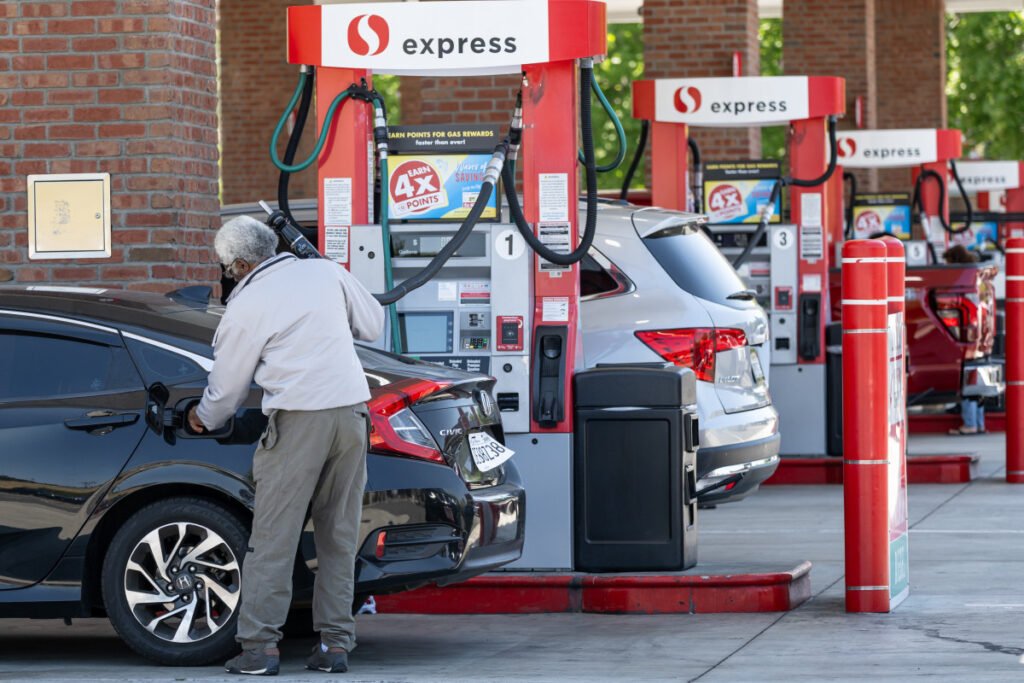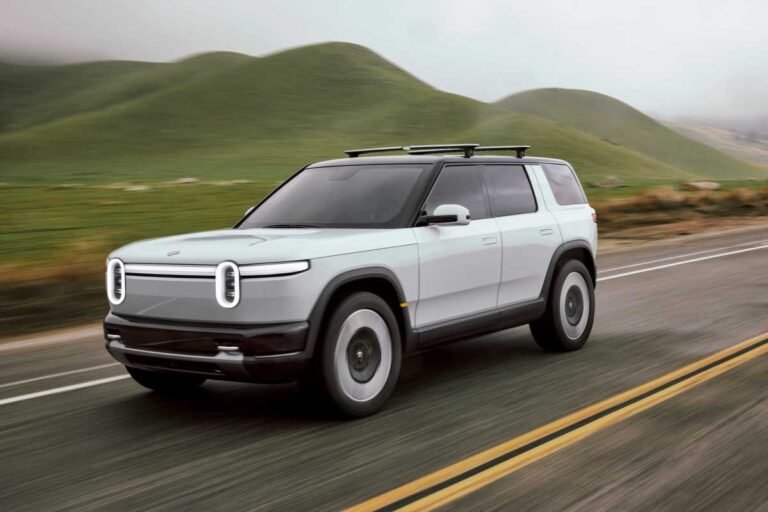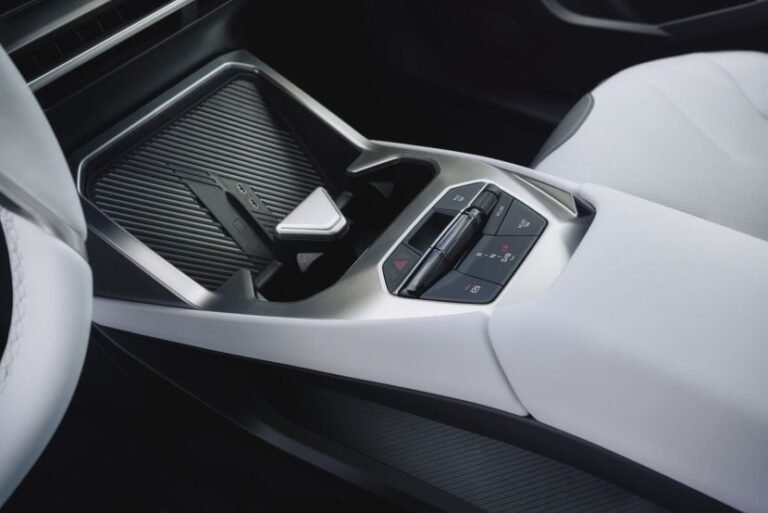
Gas can get real expensive, real fast
Unless you are a proud owner of an electric car, you know that paying for gas is an expense that cannot be ignored for the life of you. It’s one of those routine costs that sneaks up on your budget every week, and depending on where you live, it can take a much bigger bite out of your paycheck than you might expect. Gas prices vary wildly across the country, but the real story isn’t just about what’s posted on the pump; it’s about how much of your paycheck is swallowed up at the gas pump.
For some drivers, it’s a manageable hit and just another part of the weekly grind. For others, it can be a heart-wrenching expense that creates a significant hole in their online banking statements. A new study looking at both pump prices and local incomes paints a clearer picture of which states’ drivers are sacrificing the most just to keep moving.
Getty Images
The brains at FinanceBuzz used data from the U.S. Department of Transportation, U.S. Census Bureau, and other sources like AAA to calculate and compile the U.S. states where the average driver spends the most of their monthly income on gas.
They found that drivers’ gas spending and financial impact can vary significantly based on various factors like the median income in different states, the average number of miles they drive, and local gas prices. After analyzing all the data, it was determined that, on average, Americans spend 2.28% of their income on gas nationwide. However, in some states, this expenditure can be as high as 3.73%, while in others, it can drop as low as 0.76%.
Drivers in the South have it the worst at the pump
|
Ranking |
State |
% of income drivers spend on gas |
|
1 |
Mississippi |
3.76 |
|
2 |
Wyoming |
2.65 |
|
3 |
New Mexico |
3.47 |
|
4 |
Alabama |
3.46 |
|
5 |
Arkansas |
3.43 |
|
6 |
Indiana |
3.31 |
|
7 |
Missouri |
3.08 |
|
8 |
Louisiana |
3.04 |
|
9 |
Montana |
3.04 |
|
10 |
Florida |
2.98 |
FinanceBuzz analyzed states where drivers need to budget heavily for gas, revealing that in many of these states, apart from Montana and Florida, drivers clock in over 1,000 miles per month on average. These states are often large and rural, resulting in long daily drives that can lead to higher fuel costs than their residents can afford.
Mississippi and Arkansas have the lowest median incomes, with the average driver taking home less than $50,000 a year, and New Mexico and Louisiana are close behind. Despite states like Mississippi having some of the lowest gas prices nationally, drivers in these states spend a larger chunk of their income on gas, due to the combination of low earnings and high monthly mileage.
Getty Images
Drivers in D.C. and on the Coasts have it the best at the pump
Unlike the states where drivers spend a large portion of their income on gas, the states where people spend a much smaller percentage of their take-home pay tend to be smaller, more urbanized areas with higher median incomes.
|
Ranking |
State |
% of income drivers spend on gas |
|
1 |
Washington D.C. |
0.77 |
|
2 |
New York |
1.22 |
|
3 |
Rhode Island |
1.38 |
|
4 |
Massachusetts |
1.47 |
|
5 |
New Jersey |
1.56 |
|
6 |
Connecticut |
1.70 |
|
7 |
Pennsylvania |
1.80 |
|
8 (Tie) |
Maryland |
1.81 |
|
9 (Tie) |
New Hampshire |
1.81 |
|
10 |
Minnesota |
1.91 |
Drivers in Washington, D.C. may spend the smallest percentage of their incomes on gas, but FinanceBuzz notes that drivers there clock in an average of just 440 miles per month, the lowest in the country. Though it’s technically not a state, our nation’s capital is a city with a well-developed public transportation system that enables people to get around without much driving. At the same time, drivers in New York and Rhode Island drive fewer than 600 miles per month on average, largely due to the New York Metro Area’s robust transit systems and Rhode Island being the smallest U.S. state by total land area.
In addition, drivers in states on this list tend to have higher average incomes. The median income in Washington, D.C., is the highest in the country, topping $100,000, while median earnings in Massachusetts, New Jersey, Connecticut, and Maryland rank among the highest in the country.
Final thoughts
Ultimately, the link between gas prices, income, and the cars Americans drive underscores the complexity of decisions influenced by economic circumstances. Beyond our cities, the United States is a landscape where gas prices play a pivotal role in shaping the choices of a diverse range of car owners. The connection between income levels and gas prices can significantly impact what people drive and how much gas they use. However, as gas prices fluctuate wildly, many Americans may reconsider the cars they drive and how much they drive.


